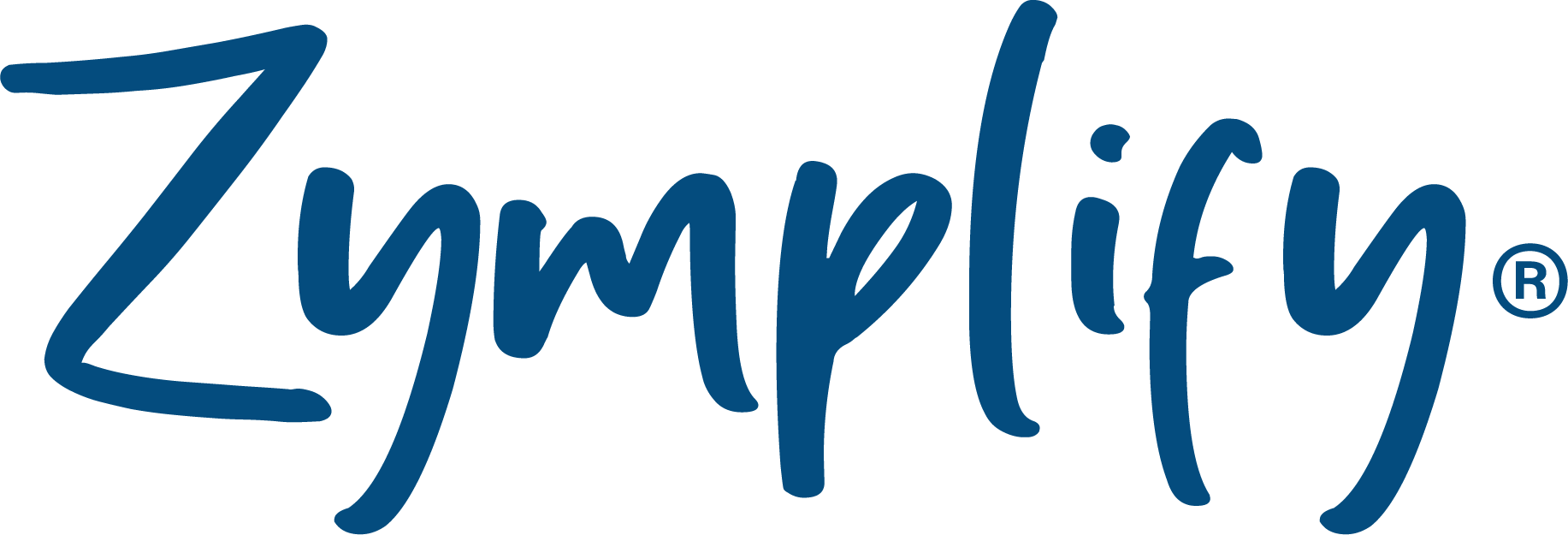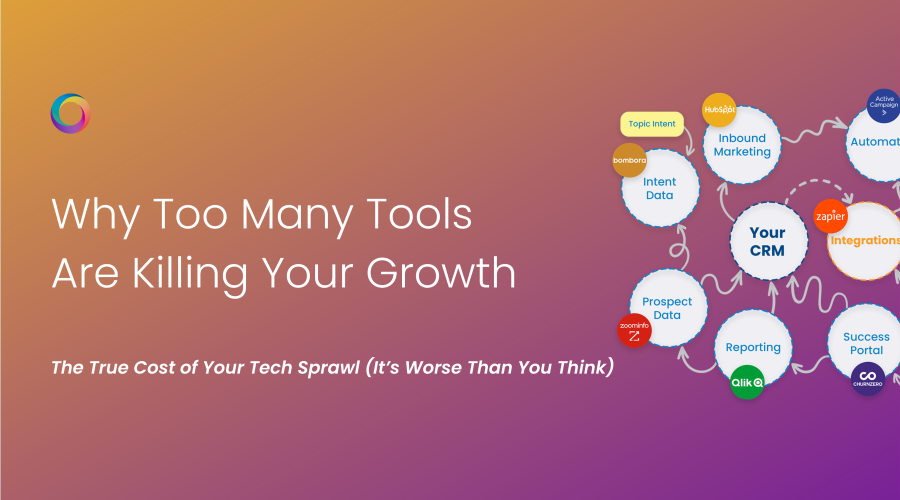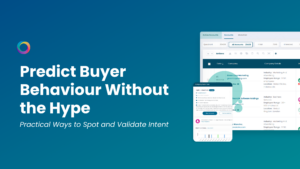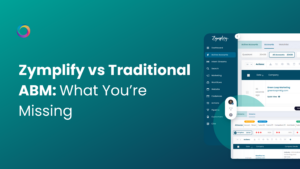Research shows that the average enterprise company uses more than 200 SaaS applications, while even mid-sized businesses typically maintain 40-60 different tools. Each one comes with its own login, dashboard, learning curve, and monthly invoice.
Here’s the issue: all those tools you added to “make life easier” are actually doing the opposite. They’re slowing your team down, fragmenting your data, and quietly draining resources that could be driving real growth.
In this blog we’ll walk you through why this matters more than you think—and how to fix it without throwing your entire tech stack out the window.
The True Cost of Your Tech Sprawl (It’s Worse Than You Think)
According to Gartner, the average organisation wastes up to 30% of its SaaS spend due to improper license management, duplicate tools, and unused features. In their 2023 IT spending report, they found that organisations could save between 20-30% on their software expenditure through better management and consolidation efforts.
A McKinsey study revealed that companies with fragmented tech stacks spend 29% more on technology while achieving less business impact than their more streamlined competitors.
The hidden productivity tax is eating your team’s time.
Research from Forrester found that employees switch between an average of 9.5 applications per day, spending up to 1.25 hours daily just navigating between tools. That’s more than 6 hours per week of lost productivity per employee.
“The digital workplace has become increasingly complex and fragmented,” notes Andrew Hewitt, Senior Analyst at Forrester. “This fragmentation directly impacts employee productivity and ultimately hurts business outcomes.”
Data silos are killing your customer experience.
A Harvard Business Review study found that companies with siloed data systems are 36% less likely to provide positive customer experiences than those with unified customer data platforms.
Deloitte research revealed that organisations with fragmented customer data across multiple systems take 3.5 times longer to identify and respond to customer needs than those with unified data systems, and see customer acquisition costs that are 40% higher on average.

How to Spot If You’ve Reached “Tool Overload”
Not sure if you’ve crossed into the danger zone? Here are five warning signs backed by research:
- Your team uses workarounds to share information
According to research by Okta, 73% of business professionals report regularly using workarounds to share data between systems that should be integrated but aren’t. This includes screenshots, manual data entry, and file exports/imports between systems.
- You discover duplicate or conflicting data regularly
The Data Warehousing Institute estimates that data quality problems cost U.S. businesses more than £500 billion annually. Their research indicates that companies with multiple systems of record typically have 10-30% data duplication and conflict rates.
- Onboarding new team members takes forever
A study by Blissfully found that new employees need to learn an average of 14 SaaS applications in their first week. Research from Gallup shows that extended tool onboarding can increase time-to-productivity by up to 34% for new hires.
“Complex technology onboarding is one of the most overlooked factors in employee time-to-productivity,” notes Josh Bersin, global industry analyst. “Organizations with streamlined, integrated tech environments see new hires become productive a full month sooner than those with fragmented systems.”
- Your reports never seem to match up
Forrester research found that 59% of business leaders don’t trust their own analytics due to conflicting reports from different systems. The same study revealed that companies spend an average of 33 hours per month reconciling reports from different platforms.
- You’re paying for features you never use
According to research by Productiv, the average enterprise uses only 40% of available features in their SaaS applications. A Gartner study found that most organisations could cut software costs by 30% through better license management and feature utilisation analysis.
The Core Platform Approach: Less Really Is More
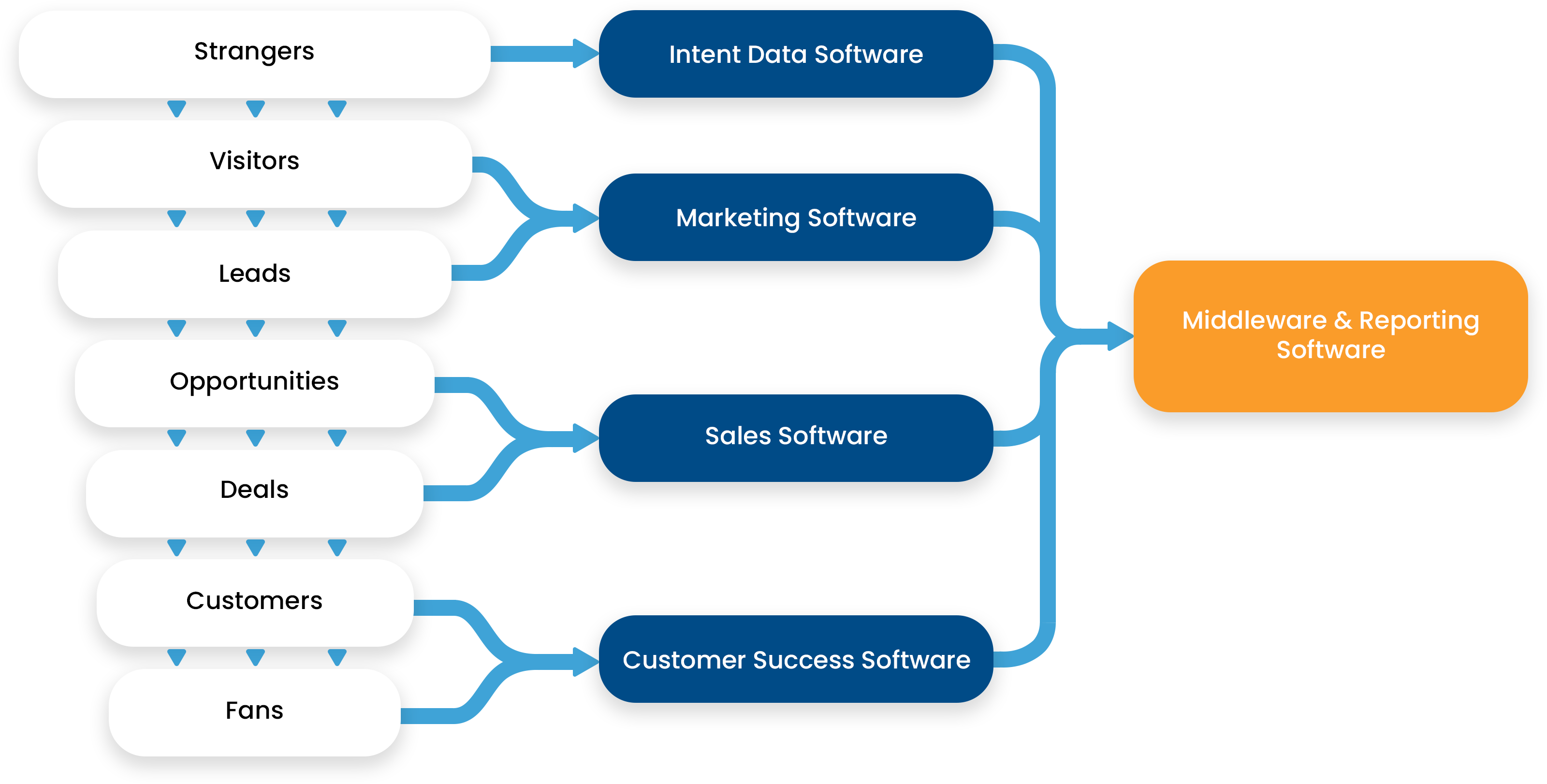
The solution isn’t necessarily throwing everything out and starting from scratch. Instead, what works is taking a strategic approach I call the “Core Platform Strategy.”
Here’s how it works in practice:
- Identify your foundational systems
Most companies need:
- A solid CRM
- A marketing automation platform
- A content/asset management system
- A sales engagement tool
- A reporting/analytics solution
Everything else should integrate with these core platforms or be seriously questioned.
- Prioritise meaningful integration over specialised features
According to IDC research, organisations that prioritise integration capabilities over feature richness see 32% higher ROI from their technology investments. Their studies show that seamless data flow between core systems delivers more business value than isolated best-in-class point solutions.
“Integration capabilities should be a top-three selection criterion for any major software investment,” advises Sheryl Kingstone, Research Director at 451 Research. “The most feature-rich application becomes nearly worthless if it creates yet another data silo.”
- Follow the intent data flow
This is crucial: Make sure your intent signals have a clear path through your system. Intent data is the lifeblood of efficient growth, but it’s worthless if it gets stuck in silos.
According to Forrester, companies that can route intent signals automatically through their tech stack convert leads 5x faster than those with disconnected systems. Their research shows that when intent signals trigger immediate, coordinated responses across marketing and sales platforms, conversion rates increase by an average of 37%.
- Cut the “just in case” subscriptions
A Gartner analysis found that enterprises maintain an average of 14 redundant or “just in case” applications that deliver minimal value. By eliminating these tools, organisations in their study reduced technology costs by an average of 22% while actually improving team performance metrics.
The Bottom Line: Simplicity Scales, Complexity Fails
Here’s the truth that vendors don’t want you to hear: The most successful B2B growth teams aren’t the ones with the most tools. They’re the ones who’ve mastered a streamlined stack where everything works together.
The maths is simple:
- Every tool you add increases complexity logarithmically
- Every integration point is a potential breaking point
- Every separate login is a productivity drain
- Every siloed data source diminishes your customer understanding
But the good news? You don’t need a massive tech overhaul to see significant improvements. Even small steps toward simplification can yield outsized returns.
One of our clients put it perfectly: “We didn’t realise how much our complex tech stack was holding us back until we simplified it. It was like removing a governor from an engine—suddenly everything moved faster.”
Remember: The best tech stack isn’t the one with the most tools—it’s the one that gets out of your way and lets your team focus on what really matters: having meaningful conversations with ready-to-buy prospects.
